This article provides the first and only comprehensive assessment of the Fast Track intervention on outcomes most relevant to an assessment of program costs and benefits. We examined these outcomes fully incorporating key sample characteristics while avoiding ad hoc exploration of the data. The findings reveal lower use of and cost for health and mental health services by intervention participants. Based on youth report, we find lower levels of antisocial behavior and justice system involvement among intervention participants, but parent reports did not confirm these differences. No intervention effects were evident in other domains, such as substance use, special education services, school drop-out, or grade retention. We also find no consistent evidence that a sub-group exists for which the intervention was effective and to which a future, cost-effective implementation might be targeted.
Using data available through the end of high school, this article provides the first comprehensive assessment of intervention impact on outcomes and behaviors associated with high societal costs. If the intervention were cost-effective, one would expect to find reductions in these outcomes for the intervention group relative to the control group. We rely on data from a range of informants and sources, including court and medical records. Finally, this assessment employs methods described below that incorporate key study features without executing a plethora of analyses testing for various interactions. Thus, we consider a broad range of outcomes and sub-group effects while running a manageable number of statistical models. We pursue a Bayesian shrinkage strategy to avoid possible chance findings.
Please be aware of roads that may be "cashless tolls" and drivers on these roads are not able to pay cash once they have entered these roads. You automatically opt into our e-Toll service program and will be charged $17.00 plus GST/HST per rental, plus incurred kilometer charges and video tolls at the maximum prevailing rates posted by the toll authority. The charges may take 4-8 weeks after the rental to be billed to your billing account or credit card/debit card on file.
Should you encounter a toll booth, you can either pay the toll using cash or opt for our e-toll service. The e-toll service includes a daily fee, plus the cost of all tolls. If you use e-tolls, you agree to pay these fees as well as other charges associated with your rental. Fast Tag is available for all vehicle classes and removes the need for cash. You can check how much you spend and keep track of the journeys you have made via our online account management system.
You can pay by monthly Direct Debit spreading the cost evenly throughout the year, or make a top up payment via debit/credit card as and when you need to. With Fast Tag you pay only for the journeys that you make, if you do not use all of your credit it will be carried forward to the next month. You can cancel your Fast Tag at any time if it is lost or stolen . The present study is the first full economic evaluation of a systematic fast-track transition from oncological treatment to SPC at home for patients with incurable cancer and their caregivers.
A prominent strength of this study is that for the measurement of costs, a broad perspective has been used, since we included inpatient care, outpatient care, home care services, and public health insurance in the CUA analysis. However, it should be kept in mind, that costs due to rehabilitation and nursing homes were not available and hence were not included. We also did not value the cost of potential production loss due to absence from work or decreased productivity, for both patients and caregivers, due to the advanced age of the patient and caregivers. At the same time, other guidelines stated that ART should be started as soon as a patient was ready, generally within 14 days of eligibility, and that certain patients should be fast-tracked for initiation . One goal of the new AGL-FTIC guidelines were to standardize adherence counseling as part of a faster ART-initiation process. Given that standard care before the implementation of the national adherence guidelines recommended multiple visits before ART initiation , a reasonable expectation was that the cost of pre-ART care would fall, mainly from fewer visits.
Customers who pay the Mersey Tunnel Toll by debit or credit card in our toll lanes are able to obtain a card payment receipt via this website. Receipts are available for viewing and downloading up to 6 months after your journey. To request a receipt, please have your card payment details available and click here. (For customers paying by mobile devices receipts will be available through your provider). Second, this analysis assumes that the unit cost for a pre-ART visit is similar to the costs of a post-initiation follow up visit.
For example, after adjusting for inflation to 2017, the cost of an adherence counseling session was estimated at $1.31 as part of a rapid initiation study . Adding such minor additional costs for adherence counseling into this analysis would have no meaningful effect on costs. This was a cost-outcome analysis using standard methods and a composite outcome defined as initiated antiretroviral therapy within 30 days of treatment eligibility and retained in care at 9 months. Using patient-level, bottom-up resource-utilization data and local unit costs, we estimated patient-level costs of care and treatment in 2017 U.S. dollars over the 9-month evaluation follow-up period for the two models of care.
Resource use and costs, disaggregated by antiretroviral medications, laboratory tests, and clinic visits, are reported by model of care and stratified by the composite outcome. They may offer you a program to pay the tolls through the rental company for a service fee. Compare the convenience of the service fee to the cost of setting up a license plate account . You may have to opt-in or opt-out of the toll plan to get the choice you want, so always ask the rental car company about it.
To supplement informant reports of health services, Fast Track implemented a review of agency records for health facilities/providers identified by the parent and/or youth. Such data provide important details on the use of health services such as costs and types of services delivered. These records provide information for which parents were not asked (e.g., service costs) as well as information that can be used to assess the reliability of caregiver report (e.g., days of service use). For this article, we use outcomes from the records review to provide alternative measures of services use. Two outcomes – costs and number of services received – were selected given their relevance to economic evaluation.
Appendix A describes the steps involved in collecting and processing medical records. You can place it on your windshield and the relevant toll payment shall be deducted from your linked bank account every time you cross the toll roads, toll bridges, and high-occupancy toll lanes along the California Freeway and Expressway System. Budget offers a convenient e-Toll service for travelers who want to drive on toll roads.
You will be charged for the cost of the tolls, plus a service fee of $5.95 per usage day, plus the cost of the toll. This fee will only apply to each day during your rental where you choose to use the e-Toll. By 2016, which was four years after the NDOH recommendation of fast-track ART initiation for some categories of patients, South African patients receiving standard of care typically only had one clinic visit before ART initiation. By the time that national adherence guidelines that included FTIC were rolled out, there existed little room to reduce the number of pre-ART clinic visits [21–24]. Expectations for HIV-related counseling before and after treatment initiation were also evolving prior to the roll out of the new adherence guidelines. Until 2012, patients in South Africa were expected to complete three counseling sessions prior to ART initiation, typically at three separate "pre-ART" clinic visits.
By 2015, guidelines stated that ART should be started as soon as a patient was ready, generally within 14 days of eligibility, and that certain patients should be fast-tracked for initiation . The 2015 guidelines did not specify the timing of adherence counseling relative to ART initiation, but they did state that such counseling should begin on the day of HIV diagnosis, be provided monthly for the next 3 months, and then be offered quarterly. They did not, however, have consistent expectations on the timing and content of counseling sessions relative to ART initiation . While data are not available to document these earlier practices in detail, it is likely that practices across clinics, and practices for patients within the same clinics, varied widely. An E-ZPass® transponder is a small electronic device you attach to your car's windshield to pay for tolls on a trip.
It allows you to use the high speed cashless lanes on toll roads, bridges and tunnels where E-ZPass is accepted, and often provides discounts to the cash rate depending on the state that issued the E-ZPass. Separate service sector data sets were combined after imputations and agency cost totals were calculated post-imputation by multiplying the bill-per-day rate by the number of days served at that facility. Agency amounts were then summed across years for each subject and merged with the full Fast Track sample.
Service outcomes were set to zero for any subject who had no report of service receipt (from parent or child-SACA's) during the measurement period but did participate in the administrations of the SACA. This assumes that non-reporting of services by families is valid information and that, indeed, the youth received no services and spent zero dollars on agency costs across the 6 years. The final services data included total services information across years per-subject, combining both agency data and respondent-report of service delivery.
Be aware that some toll roads will only accept certain forms of payment. For example, some toll booths do not accept cash, whereas others will accept cash but not a credit or debit card. Some toll roads only accept electronic payments—you won't have the option to pay with cash or card.
The Los Angeles County Metropolitan Transportation Authority's 8-3 vote signals a shift in the agency's approach to drivers who use the 25 miles of experimental toll lanes that link the South Bay and El Monte with downtown Los Angeles. Previously, the agency rewarded drivers who used the lanes more than four times a month by waiving their monthly fees. Each driver's $12 in annual fees will be assessed in addition to per-mile tolls, which start at 25 cents and can go up to $1.40, depending on how crowded the toll lanes are at the time.
A License Plate Account can be opened with a credit card or with cash, check, or money order. If you open your account with a credit card, the Golden Gate Bridge toll is charged to your credit card each time your vehicle crosses the Bridge. There is no prepaid toll balance required and there are no extra fees. If you open your account using cash, check, or money order, a prepaid toll balance, equivalent to a single toll, is required, and the toll is deducted from the account each time your vehicle crosses the Bridge.
To activate a FasTrak Account, a prepaid toll balance and a $20 refundable toll tag deposit are required. When using a credit card, the initial prepaid minimum toll balance is $25; when using cash, check or money order, the initial prepaid minimum toll balance is $50. Once your account is open and activated, you can monitor it online at This authority would also distribute transponders that could be used on ALL FasTrak facilities. For example, you need a special transponder to carpool on the 110 while you need a Mylar bag to carpool in San Diego. The transportation system is supposed to unite the state in seamless travel and having different technologies and different accounts and different authorities needlessly divides the region and reduces choice.
Unite the Southland, drop the fee, and watch as residents from Bakersfield to San Bernardino sign up. That's the money the money that goes into your FasTrak account for you to use. If you use a credit card or debit card to open your account, all of the $25 becomes available for you to use. If you ever close your account, the money that you haven't used for tolls gets returned to you via check in the mail.
If you don't return the transponder device after closing your account, they subtract $20 from your account. When you pass through a bridge toll lane without paying the toll or travel in the I-580 express lanes without a valid FasTrak tag, an image of your license plate is captured. The first notice requests payment for the toll amount and an additional $25 penalty. To sign up for FasTrak, you will first need to sign up for an account online in your local area, which can be in the Greater Los Angeles area, the Bay Area or the metropolitan San Diego area.
You can either do this via online with a credit card, by calling 511, by mail or at a local designated walk-in center. Once you sign up, a transponder will arrive in the mail that will have to be mounted to the window to work properly. Before every trip begins, you will program FasTrak to indicate how many people are going to be traveling through the car. Whenever the car enters a FasTrak lane, the transponder will collect the data, charging your account. You may open your FasTrak account with a credit card, cash or check. If you link your account to a valid credit card, FasTrak collects an initial prepaid balance for tolls of $25 per toll tag.
The intervention comprised of a fast-track transition from oncological treatment at the hospital to SPC at home . The treatment of the patients in the intervention arm included transferral from the hospital to their homes within a maximum of 5 days of randomisation. These patients were also referred to a SPC-team, who facilitated the palliative treatment at home in collaboration with the general practitioner and basic home care nurses. The dyadic psychological intervention was additionally provided to these patients and their closest relative. This psychological intervention was manualised i.e. a plan was set up before the patient was recruited.
Two planned meetings between the psychologist, the patient and the informal caregiver were held within the first month, and subsequently the meetings were held whenever needed. In case of patient death during the trial period, three additional counselling sessions with the psychologist were provided to the informal caregiver - after 3 weeks, 5 weeks and 7 weeks of the patient's death. More information about the psychological intervention can be found in the papers published by von Heymann-Horan et al. .
Given the unique nature of the agency data, we carried out data imputation for medical records separately from the other outcomes. Moreover, it was important to impute separate data sets by service sector in order to most effectively model the missing data process using the most relevant information for the services outcomes . Data sets for these models included the subjects' annual cost totals, number of service types, and number of days served at each family-reported agency for each Fast Track project year.
This would allow the agency medical records to be combined with the family-report information (SACA's) that had been provided for each agency for any year services were reported. The information from the families was used to help set up imputation models for the missing agency medical records since family information on an agency visit would be non-missing in cases where we were not able to complete the agency record review. The following figure demonstrates the structure of the data when family information was provided but no successful record review occurred. In such cases, imputation models relied on data provided by the families .
Table 3 also provides the marginal effects for the amounts of service use. Specifically, intervention youth received 1.14 fewer general health services , and 64 fewer outpatient mental health services . Fast Track is an intensive, multi-component intervention targeted to the prevention of aggression in young children. As discussed below, the intervention identified children at school entry and provided intervention services over a 10-year period.
Even though the rationale for interventions to prevent serious conduct disorder is based partly on potential cost-effectiveness, most evaluation studies have neglected the impact on costly school services and involvement in public systems. That is, most evaluation studies have emphasized behavioral outcomes and psychiatric diagnoses rather than outcomes such as special education placements, professional mental health services received, and court adjudication. This article examines the impact of an expensive, early and sustained prevention – the Fast Track intervention – on costly outcomes and behaviors. The Fast Track intervention is a 10-year, multi-component prevention program targeting antisocial behavior.
The intervention identified children at school entry and provided intervention services over a 10-year period. This study examined the intervention's impact on outcomes affecting societal costs using data through late adolescence. Antisocial behavior is enormously costly to the youth involved, their families, victims, taxpayers and other members of society. These costs are generated by school failure, delinquency and involvement in the juvenile justice system, drug use, health services and other services.
For prevention programs to be cost effective, they must reduce these costly behaviors and outcomes. Tolls mainly vary based on the number of axles and how far you have travelled on California toll roads, bridges and express lanes. For 3-4 axles vehicles, you have to pay two times the toll for 2 axle vehicles and 5 axles vehicles pay tolls three times the toll for 2 axle vehicles. FasTrak users will still pay their tolls from a prepaid account.





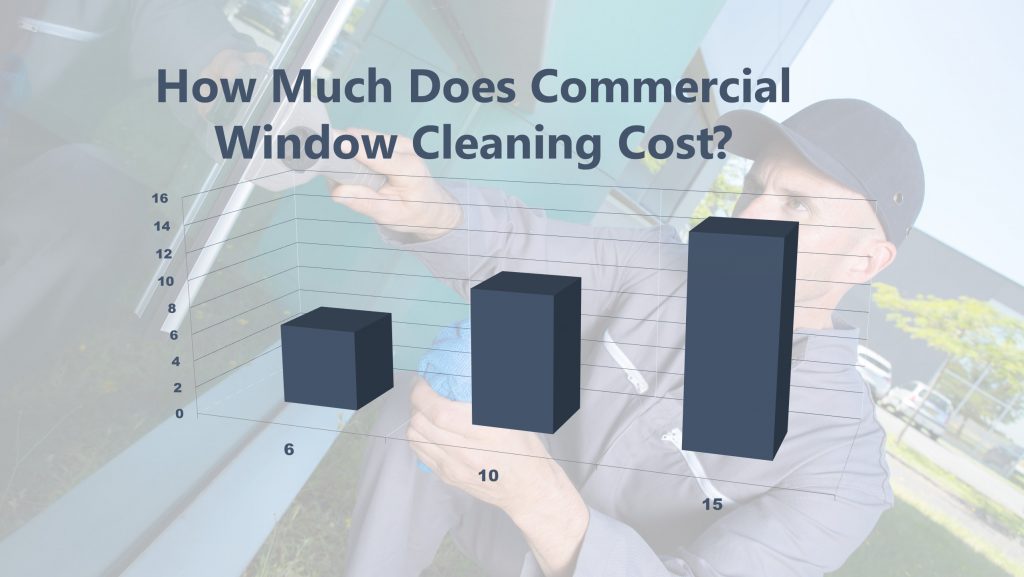


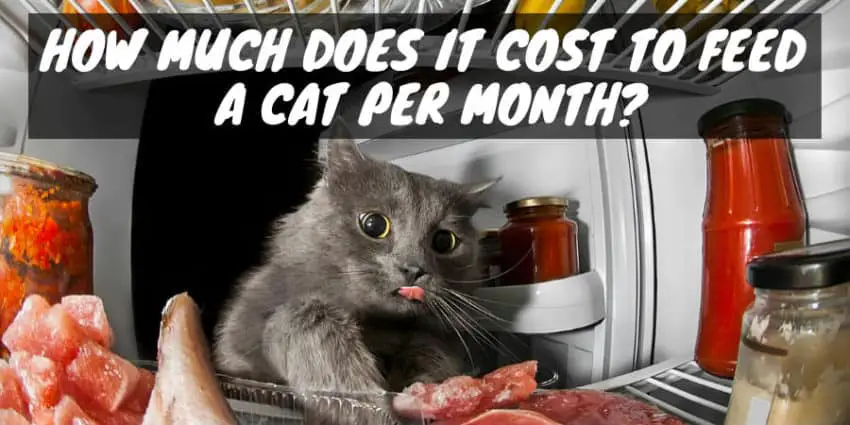


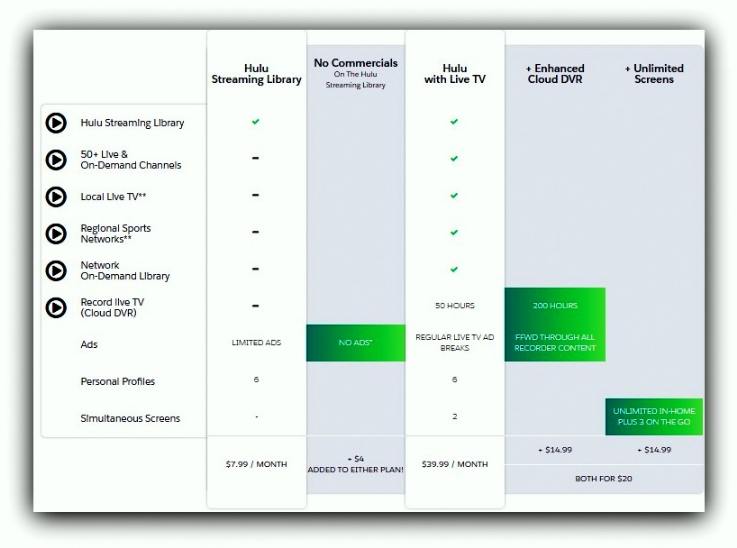

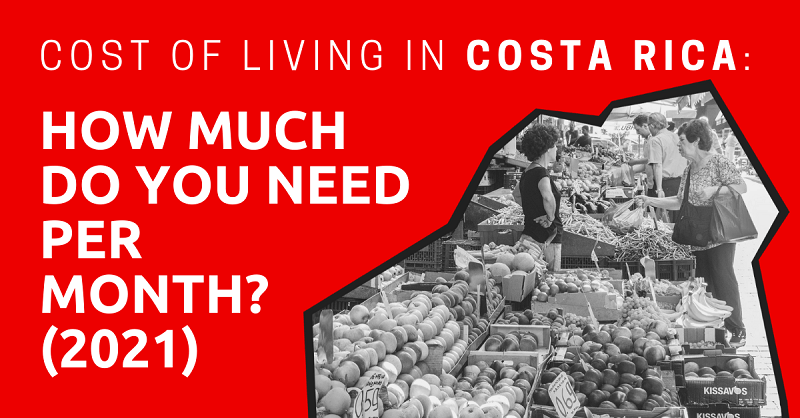
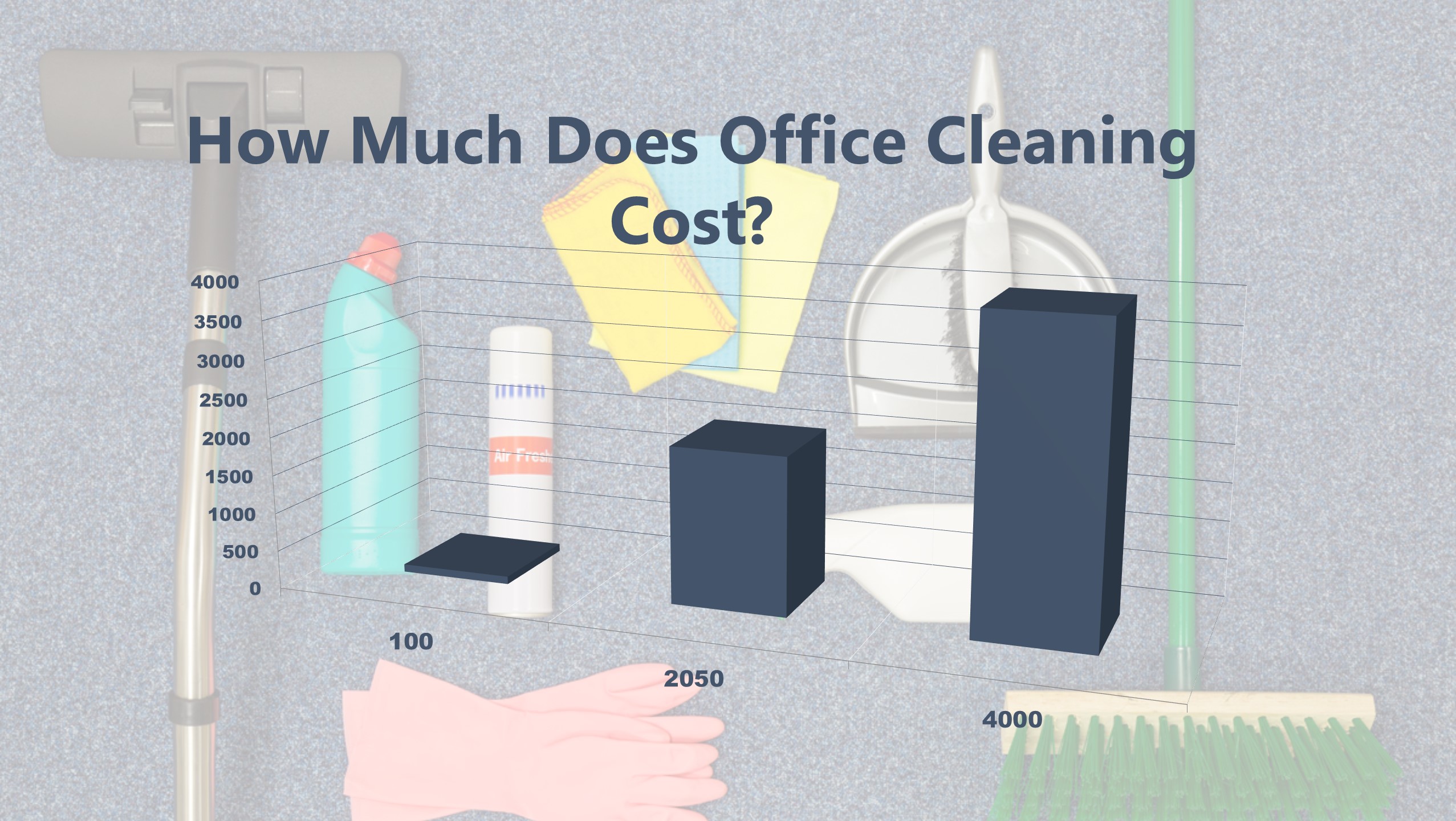

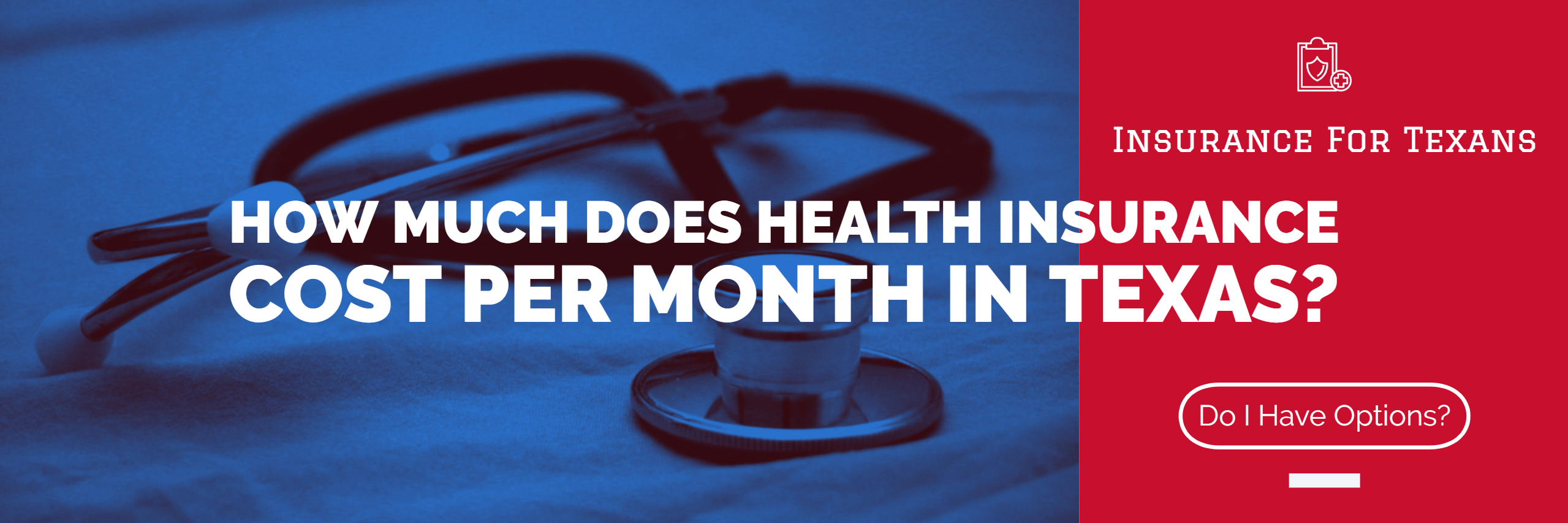









No comments:
Post a Comment
Note: Only a member of this blog may post a comment.